The U.S. labor shortage is hitting the public education sector hard. Yes, COVID-19 and its mutations have had a lot to do with the lack of teachers, but the problem predates the pandemic. In just the last two months, 65,000 public education employees left the industry.
Across the United States, in October 2021, there were 575,000 fewer state and local education employees than in February 2020, according to the latest employment report of the Bureau of Labor Statistics. The pandemic, in some ways, was simply the straw that broke this camel’s back.
Stagnant wages, or worse, falling wages, have beset the teaching industry for years. In 2018, for example, the wage gap between teachers and a comparably educated U.S. workforce was roughly 21%. Twenty-five years ago, that same wage gap was only 6%, but beginning to grow. And while most teachers, like everyone else, have enjoyed yearly wage gains of about 0.7%, that is less than half the average annual gains for the rest of the civilian workforce.
The pay issue extends beyond the teachers, however. Support staff and school bus drivers have had the same issues. In today’s strapped labor market, public education support workers have a choice. Why continue to file school records, answer phones, or maneuver a bus load of kids when private sector offices and trucking companies are paying far more (with benefits) for that labor?
As you might imagine, fear of COVID-19 and continued stress brought on by the pandemic provided the impetus many teachers needed to make the decision to retire, or simply quit. Some hoped that as the pandemic waned, teachers and support staff would return, but that has not been the case. As a result, schools are making do where they can.
Some schools are continuing and extending their efforts to provide virtual learning. Others are shortening teaching hours, or in some cases, simply closing for a day or two per week. A school administrator’s worst nightmare today is finding substitutes for a teacher on holiday, sick, or who enters quarantine after testing positive for the coronavirus. Those who might be willing to fill in as a teaching substitute are opting instead for different jobs. That is because temporary teaching wages are so low that cooking burgers at fast food restaurants pays more.
Unfortunately, the present demand for teachers is far outstripping the supply. Less and less college and university students are willing to embark on a teaching career. Many would face decades of repaying student loan debts on skimpy salaries with little or no prospects of ever making ends meet.
The public school labor shortage is worse, depending upon geographic location, grades, and subject matter. High schools and middle schools have always been harder to staff than elementary schools. STEM areas (science, math, special education and foreign languages) have always been chronically understaffed and have become more so since COVID-19. The Southern, Southwestern, and Western U.S. have historically struggled with teacher shortages. It is also the case when comparing urban and rural schools, versus easier to staff suburban schools.
Those teachers who have maintained their careers and jobs over the last year or two have had to contend with an overwhelming amount of responsibility during the pandemic. Overworked and stressed, many teachers are in burnout mode with few avenues to reduce their immediate symptoms. And while my heart goes out to this beleaguered group of workers, the impact of this shortage has severe ramifications for the future of education in America.
As most readers know, the U.S. continues to slip in educational rankings when compared to the developed world. It is most apparent in science and math. However, we are still perceived as having the best all-around educational system in the world. In order to remain at the top, we need good teachers--well-paid, well-educated people — who are proud and fulfilled in their chosen careers. As a first step, raising wages would seem to me to be a no-brainer.
Bill Schmick is registered as an investment advisor representative of Onota Partners, Inc., in the Berkshires. Bill’s forecasts and opinions are purely his own and do not necessarily represent the views of Onota Partners, Inc. (OPI). None of his commentary is or should be considered investment advice. Direct your inquiries to Bill at 413-347-2401 or email him at bill@schmicksretiredinvestor.com.Investments in securities are not insured, protected or guaranteed and may result in loss of income and/or principal.


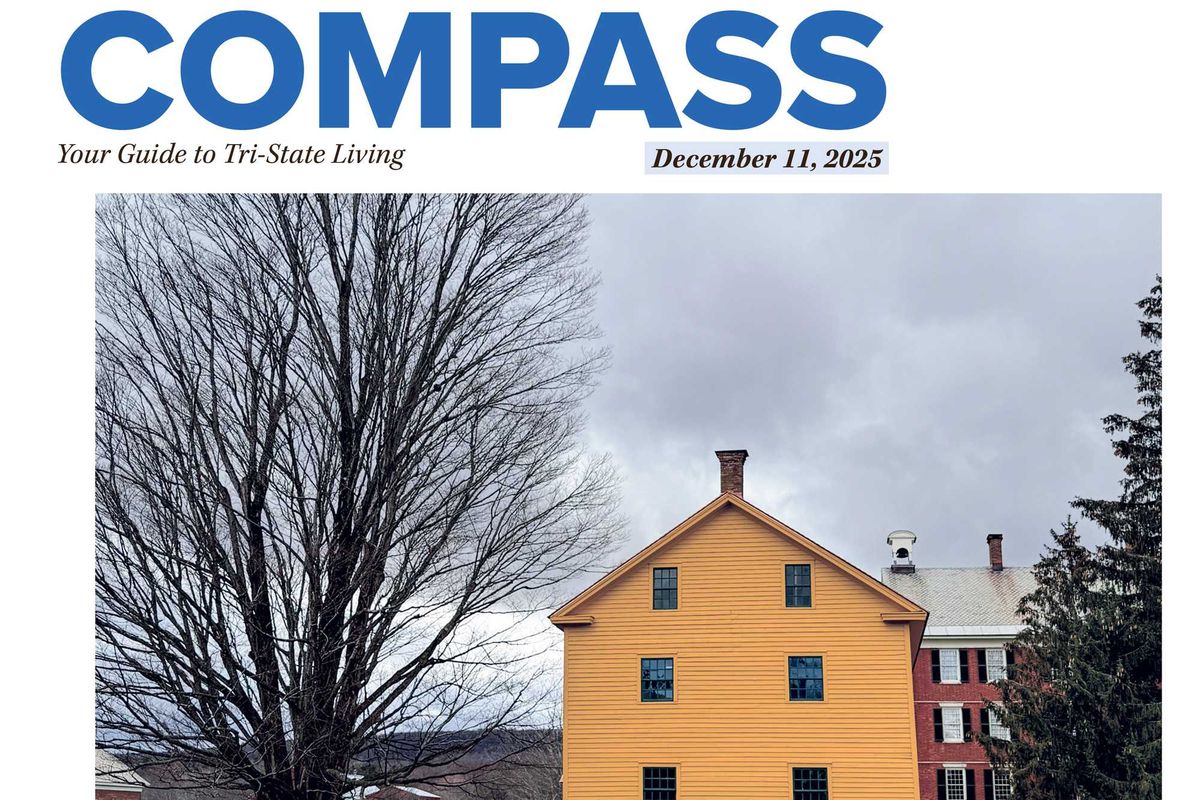
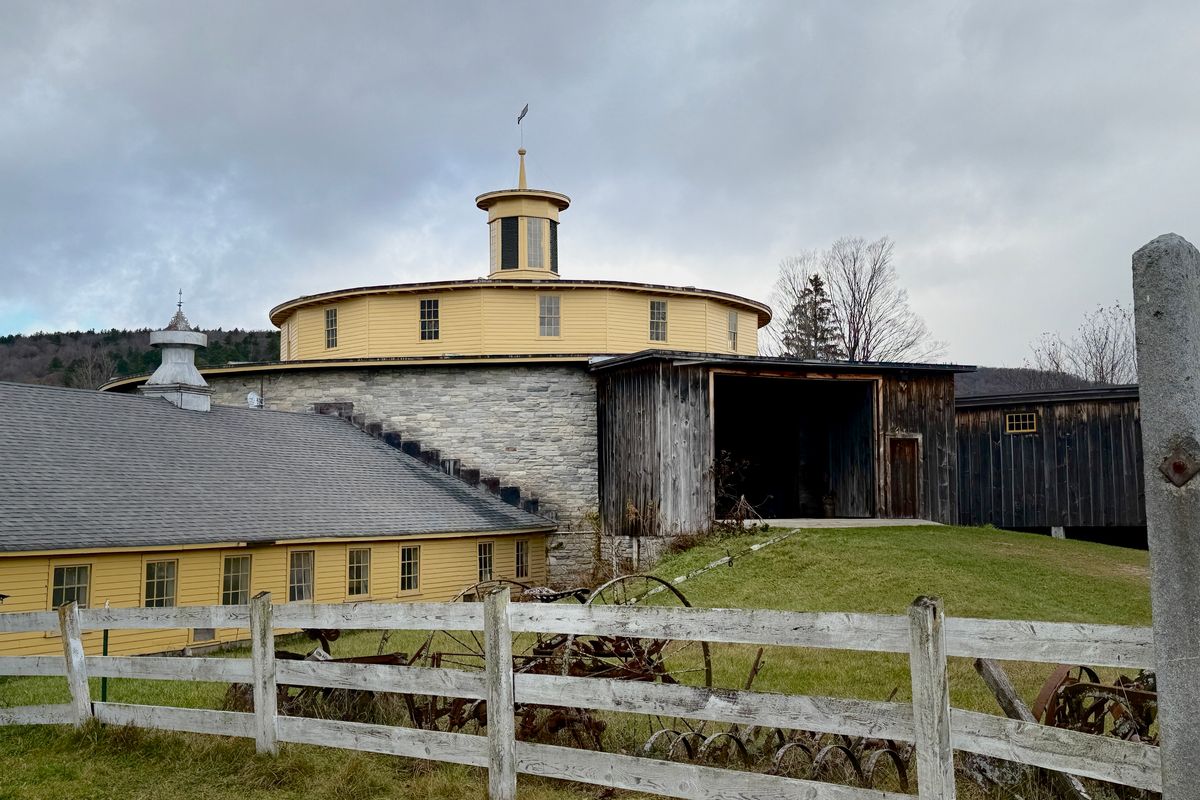
 Shakers referred to their farm as the City of Peace.Jennifer Almquist
Shakers referred to their farm as the City of Peace.Jennifer Almquist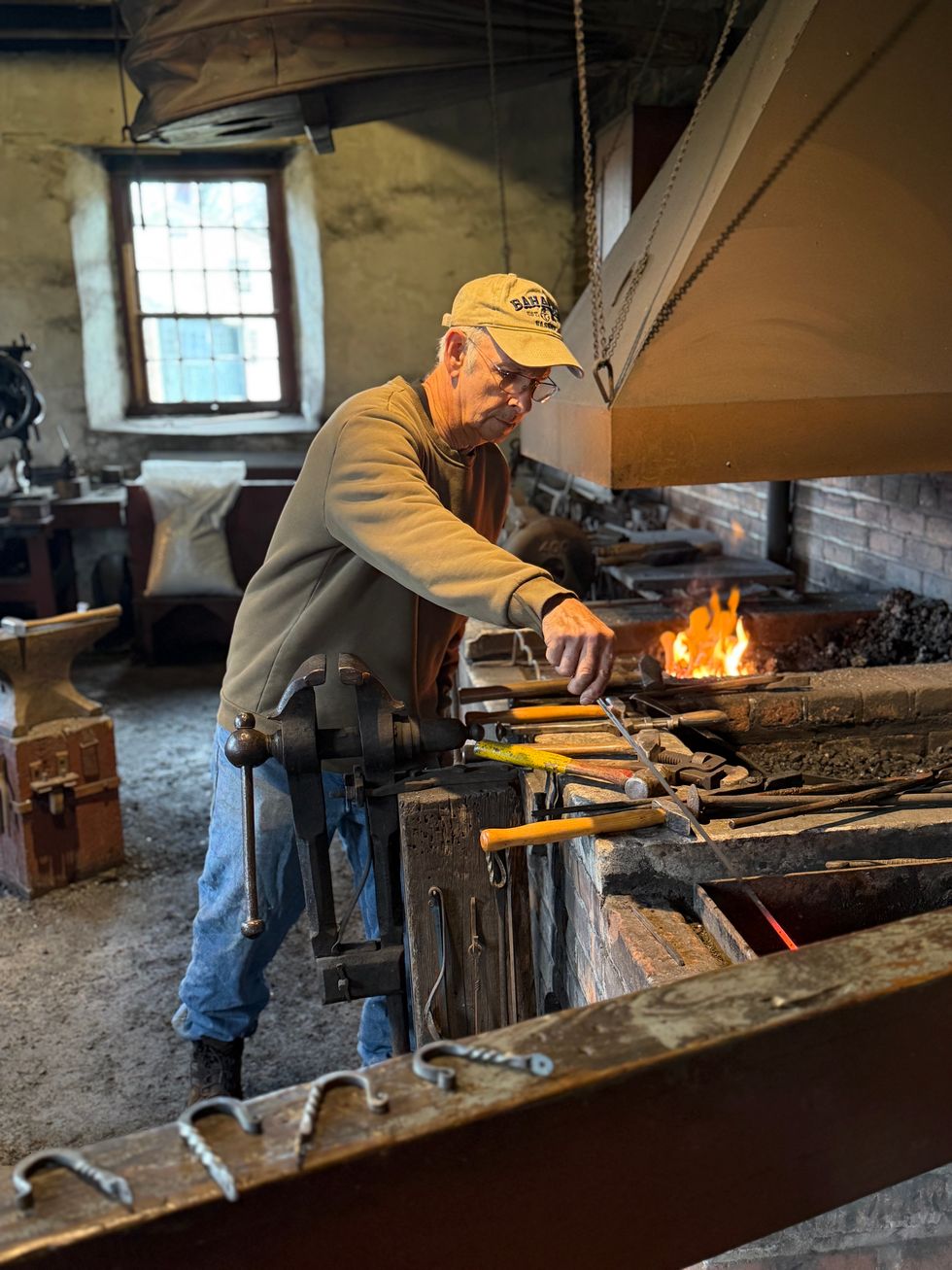
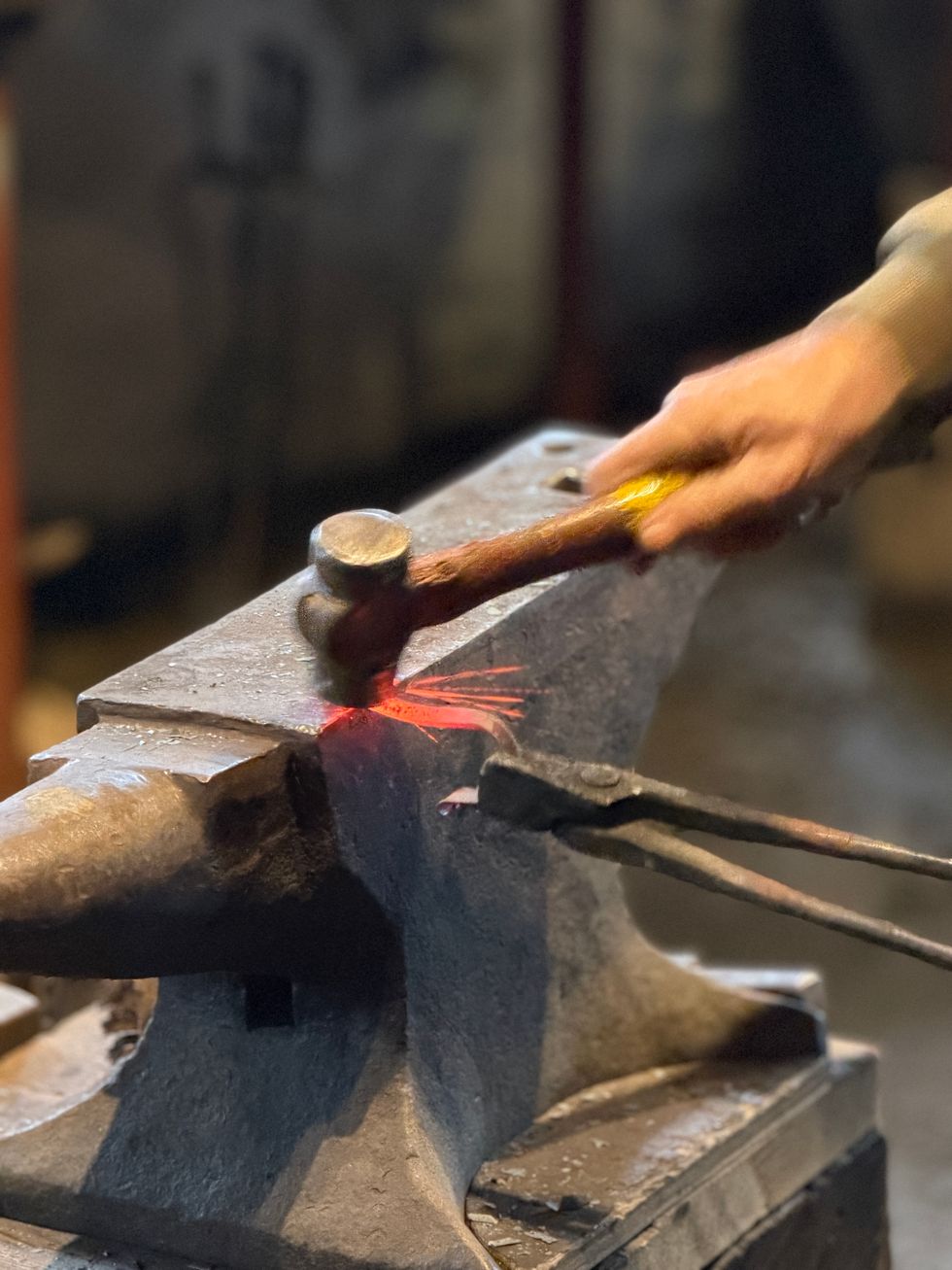
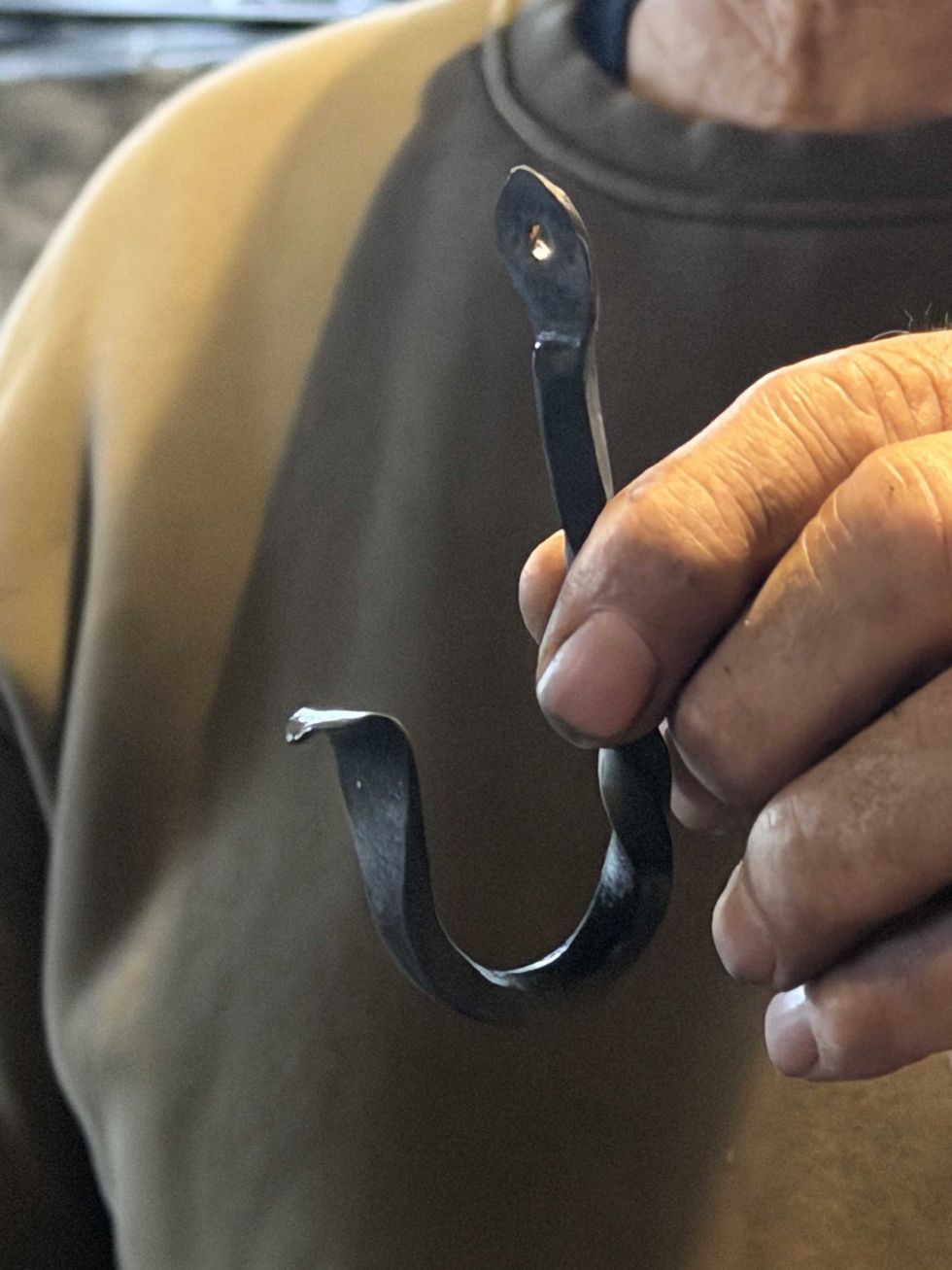
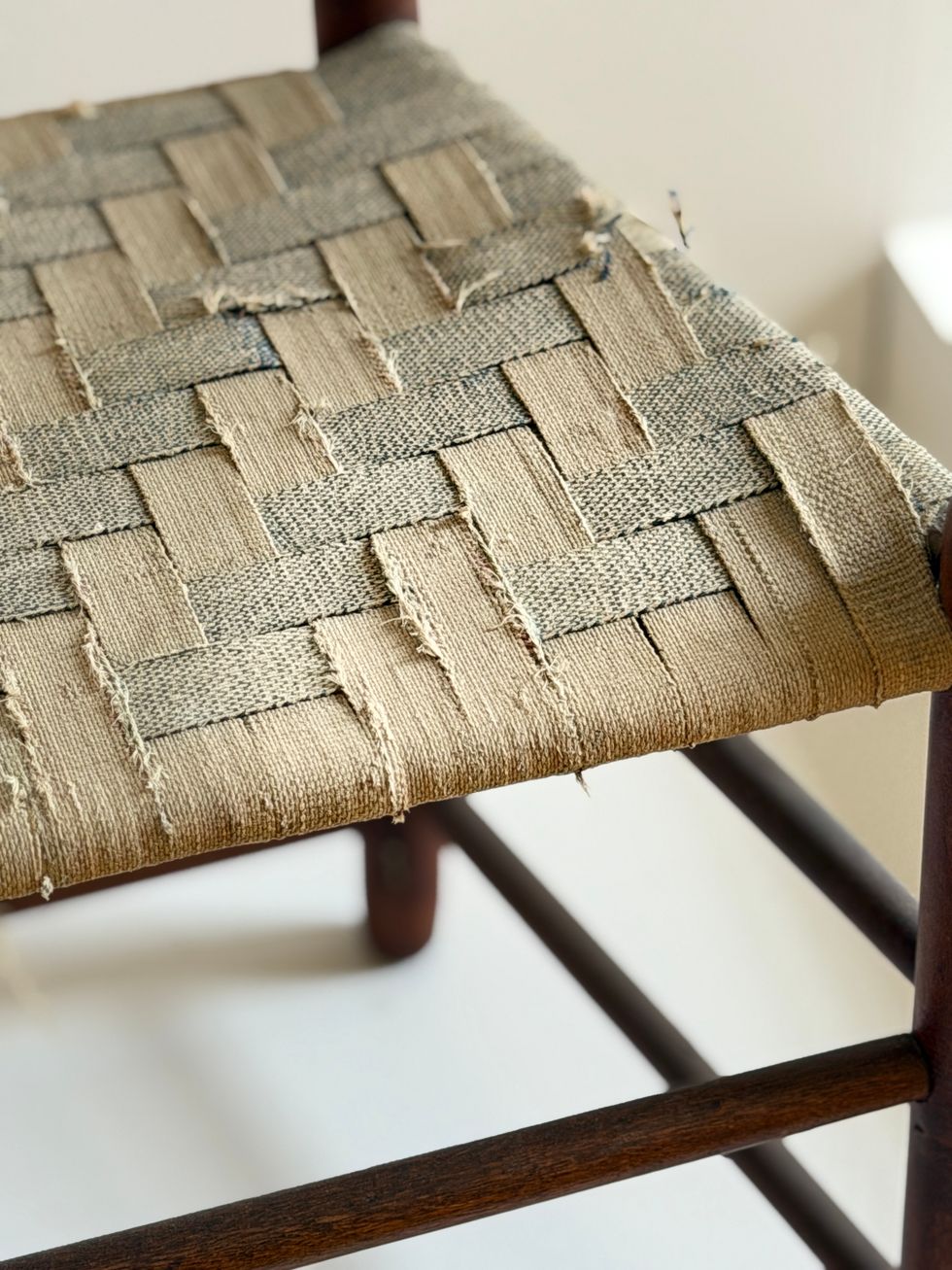 A Shaker chair.Jennifer Almquist
A Shaker chair.Jennifer Almquist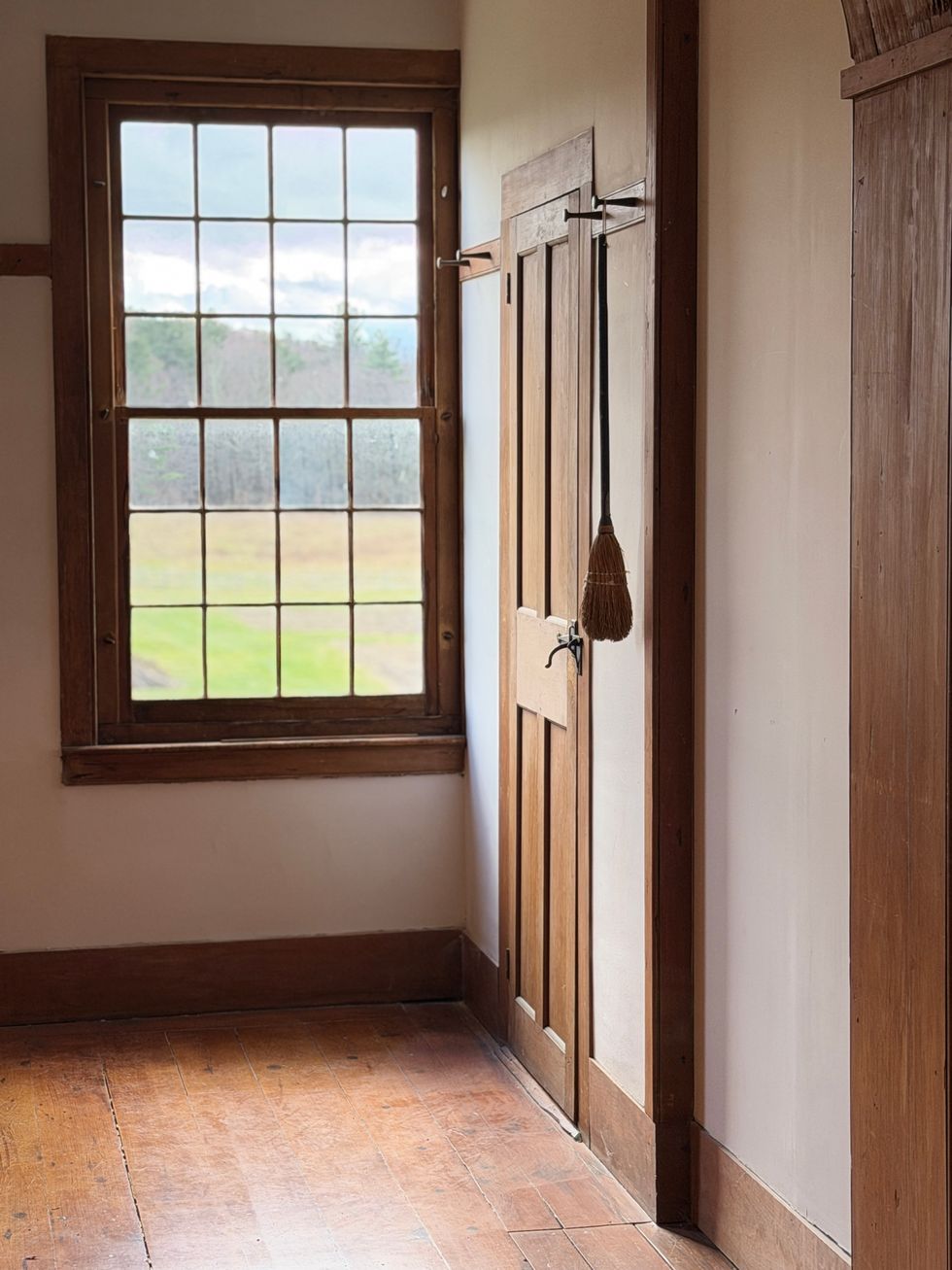 The Shakers embraced practical designs of great utility and beauty.Jennifer Almquist
The Shakers embraced practical designs of great utility and beauty.Jennifer Almquist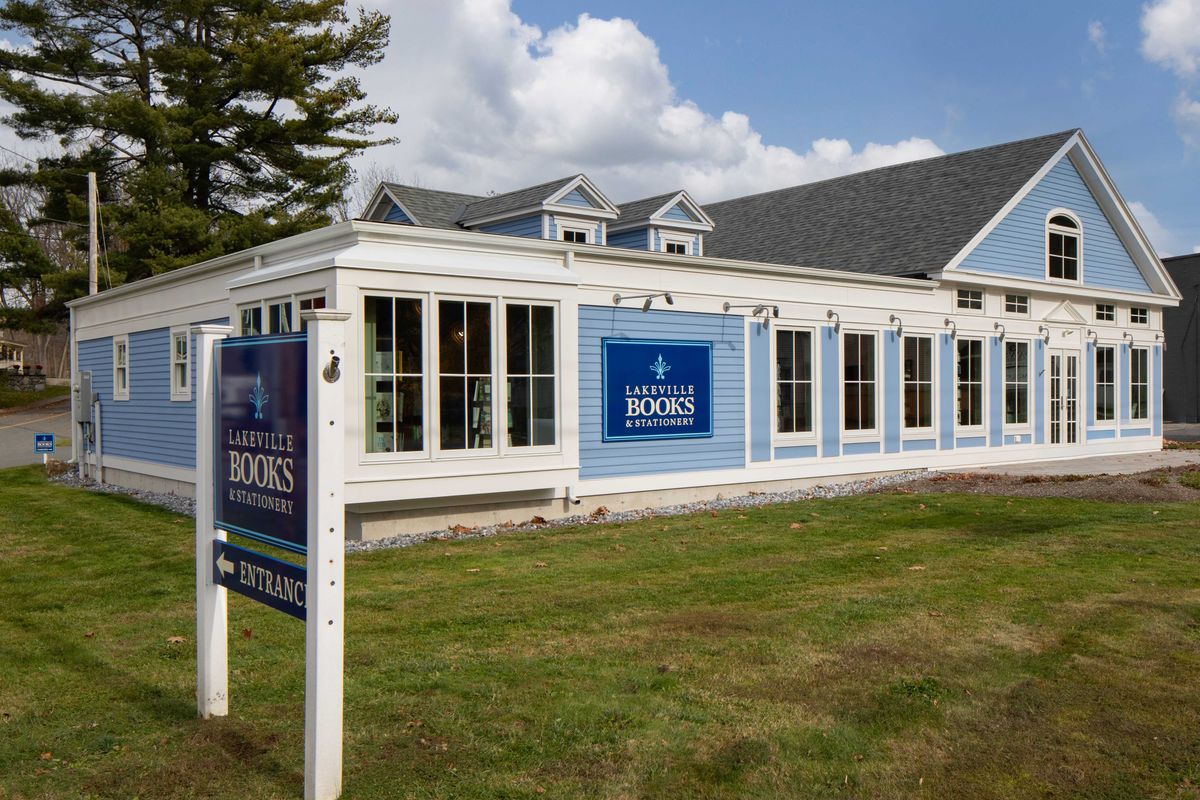
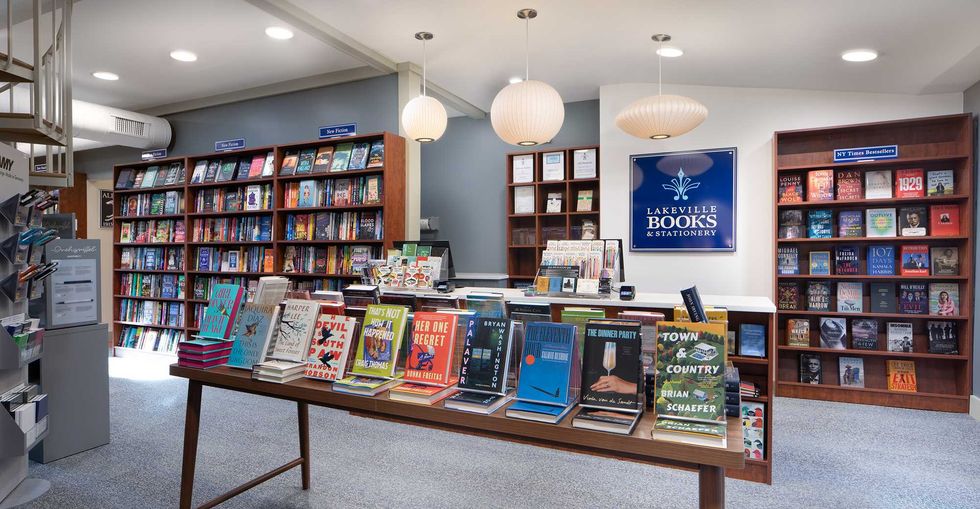 Interior of Lakeville Books & Stationery.Provided
Interior of Lakeville Books & Stationery.Provided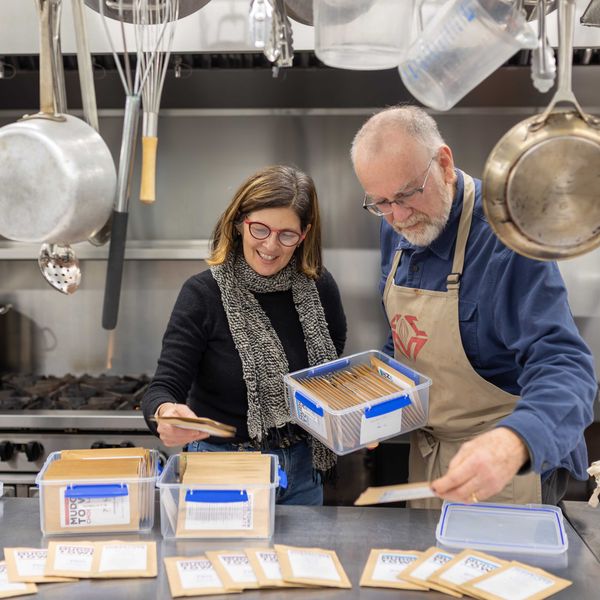

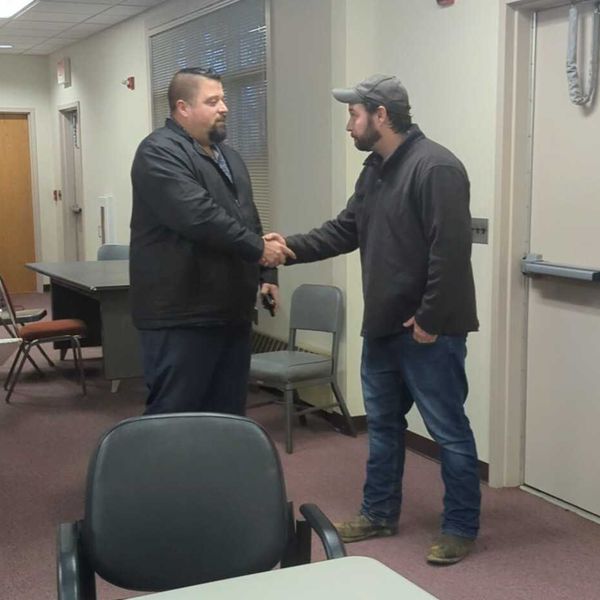
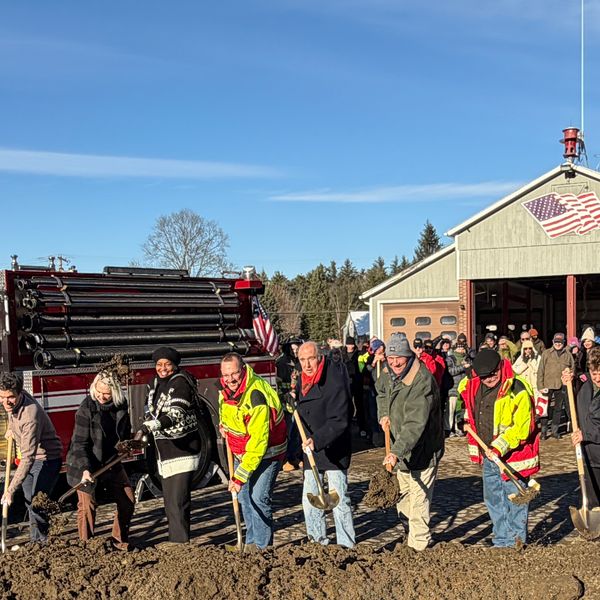
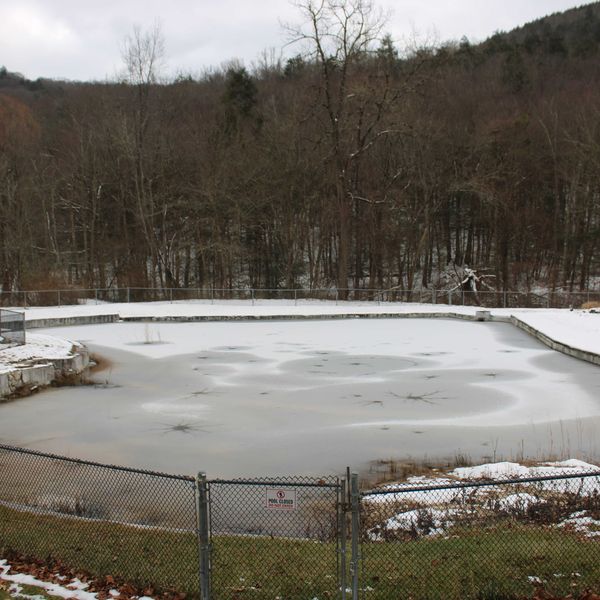
The teacher shortage isn’t going away